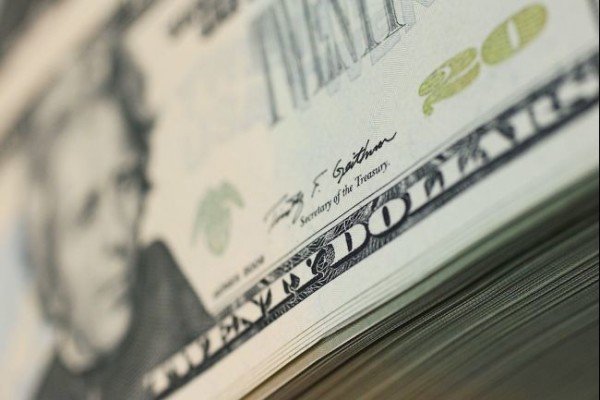US economic growth slowed sharply in Q3 of 2015.
According to the Department of Commerce, the US gross domestic product (GDP) grew at an annualized pace of 1.5% in Q3 of 2015, down from a rate of 3.9% in Q2.
The slowdown was partly due to companies running down stockpiles of goods in their warehouses.
On October 28, the Federal Reserve kept rates unchanged and said the economy was expanding at a “moderate” pace.
Low oil prices have hit American energy companies so far this year.
However, lower fuel prices have been good news for consumer spending, which accounts for more than two-thirds of US economic activity.
Consumer spending grew at 3.2% in Q3, down from 3.6% in the second but still a strong reading.
Analysts said that the running down of warehouse stockpiles in Q3 was likely to be a temporary effect and they expected growth to accelerate again in Q4.
For several months there has been intense debate about when the Fed will raise interest rates, and now the focus is on its last meeting of the year in December.
The Fed has said in past statements that it expects to raise rates in 2015, and that labor market participation, inflation and the global economy would be the key factors in its decision.
In its latest statement on October 28, the Fed said: “In determining whether it will be appropriate to raise the target range at its next meeting, the committee will assess progress – both realized and expected – toward its objectives of maximum employment and 2% inflation.”
However, the Fed dropped comments, which had been used in the previous month’s statement, that weaknesses in the global economy could affect the US.
Financial markets interpreted this as a sign that the Fed might be more likely to raise rates in December.
